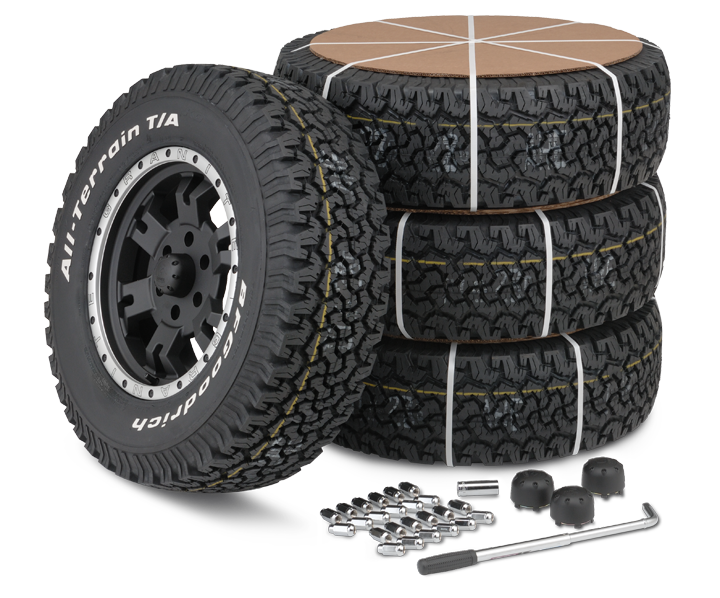Trust Fund Morris Tire and Alignment for Specialist Service and Care
Trust Fund Morris Tire and Alignment for Specialist Service and Care
Blog Article
Tire Solution: Comprehending Tire Stress Tracking Systems
Recognizing Tire Pressure Surveillance Solutions (TPMS) is an important facet of preserving optimal lorry efficiency and safety and security on the roadway. With advancements in auto modern technology, TPMS has actually come to be a standard feature in contemporary cars, providing real-time info on tire pressure levels. Delving much deeper into the ins and outs of TPMS, one can uncover the different components that comprise this system and the significance of each in guaranteeing exact tracking. From direct to indirect TPMS systems, the landscape of tire stress tracking varies, each with its unique set of advantages and factors to consider. Stay tuned to unravel the complexities of TPMS, from maintenance pointers to the undeniable advantages of maintaining your tires effectively blew up. mopar tire service specials.

Value of TPMS
The value of Tire Pressure Surveillance Solutions (TPMS) exists in their ability to boost car safety and security and efficiency with real-time tracking of tire pressure levels. Preserving the appropriate tire stress is critical for guaranteeing optimum handling, braking, and overall safety of an automobile. TPMS supplies chauffeurs with instant feedback on any overinflated or underinflated tires, enabling for timely modifications to be made.
Parts of TPMS
Making up various necessary elements, a Tire Stress Monitoring System (TPMS) functions as a sophisticated security feature in contemporary lorries. The major parts of a TPMS include sensing units, a control module, and a caution indicator. Sensing units are usually situated in the tire valve stem or affixed to the wheel assembly, where they determine tire stress and transfer data to the control module. The control component processes this info and triggers a warning if it discovers dramatically reduced stress in any one of the tires. The warning indicator, frequently an icon on the dashboard, alerts the driver to inspect the affected tire or tires. Some progressed TPMS designs additionally display the actual tire pressure analyses for every tire, supplying chauffeurs with real-time information to guarantee optimal tire performance and safety. By monitoring tire pressure constantly, TPMS assists protect against crashes, reduces tire wear, and boosts fuel performance, making it a crucial element for automobile safety and security and performance.
Types of TPMS

On the other hand, indirect TPMS relies on the car's wheel rate sensors to monitor tire stress. This system finds underinflation by comparing the rotational speeds of the wheels. Indirect TPMS is much less expensive than straight TPMS, as it uses existing sensing units within the automobile.
While direct TPMS provides extra accurate readings, indirect TPMS is simpler in layout and normally calls for important source much less upkeep. Both systems have their constraints and advantages, and the choice in between them usually depends on elements such as cost, vehicle make, and individual preference. Recognizing the differences in between these 2 sorts of TPMS can help lorry owners have a peek at this site make educated decisions pertaining to tire maintenance and security.
TPMS Upkeep Tips
Effective maintenance of TPMS is crucial for guaranteeing optimal efficiency and security of your vehicle. Frequently examining the TPMS sensors for any damages or corrosion is essential. Ensure that the sensors are totally free and tidy from debris that could disrupt their functioning. Additionally, it is a good idea to examine the sensor batteries periodically and replace them as required to assure precise analyses. Conduct regular examine the tire pressure levels and compare them with the TPMS readings to ensure they correspond. Alter the system complying with the supplier's guidelines if there are any type of inconsistencies. In addition, during tire rotation or substitute, make certain that the TPMS components are taken care of very carefully to stop any type of possible damage. Finally, if the TPMS cautioning light illuminates on the control panel, attend to the issue without delay by inspecting the tire stress and the general system for any faults. By adhering to these upkeep suggestions, you can lengthen the lifespan of your TPMS and boost the safety and security of your driving experience.
Benefits of Proper Tire Pressure
Keeping correct tire stress, as highlighted in TPMS Upkeep Tips, is vital for reaping the many benefits associated with optimal tire pressure levels. Furthermore, appropriate tire pressure guarantees even tire wear, extending the lifespan of the tires and advertising safer driving conditions. In conclusion, the advantages of appropriate tire stress go beyond simply tire durability; they include improved fuel performance, boosted safety and security, better lorry efficiency, and general driving convenience.
Conclusion
In verdict, understanding tire pressure monitoring systems (TPMS) is essential for maintaining optimum tire pressure and making certain car security. By identifying the significance of TPMS, knowing with its elements, knowing the different types readily available, sticking to appropriate maintenance tips, and understanding the advantages of preserving proper tire pressure, drivers can boost their driving experience read what he said and prolong the lifespan of their tires. Appropriate tire stress is essential to reliable and safe car operation.

Report this page